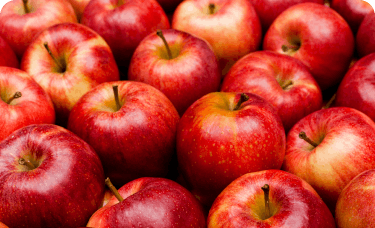What is Tyramine?
Tyramine is not a food additive. This compound is organically produced when the amino acid tyrosine breaks down, which can happen when foods are preserved, fermented, or aged for a long time. Examples of foods that contain tyramine include:
- Aged cheese such as blue, brick, and cheddar
- Aged, dried, fermented, smoked, or pickled meats or fish
- Broad beans such as fava beans and snow peas
- Fermented cabbage or sauerkraut
- Fermented soy products such as miso, soy sauce, or teriyaki sauce
- Nuts
- Wine
- Improperly stored or spoiled foods
Normally, your digestive system breaks down tyramine, stopping excessive amounts of it from building up in the circulation. But higher-than-normal tyramine levels may cause the wrong signals to be sent within the body.3 For example, within the sympathetic nervous system, tyramine is thought to stimulate the release of the neurotransmitter norepinephrine, and may also cause certain receptors to be activated, which in turn could induce head pain. Although scientists continue to explore exactly how tyramine may trigger migraines, one explanation may lie in unusual levels of such neurotransmitters.









